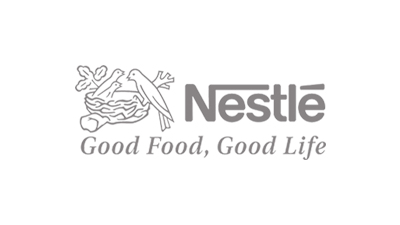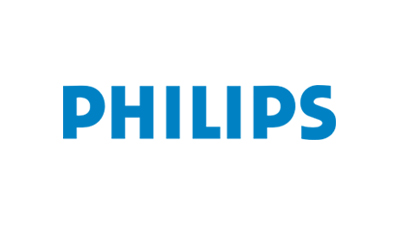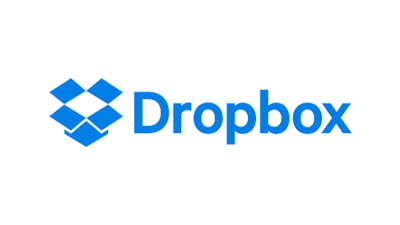Emission control catalysts are now used on all types of internal combustion engines, as well as in a number of stationary applications. Catalytic reactors for mobile applications, known as catalytic converters, utilize catalyst-coated monolithic substrates. Terms which are used to characterize the catalyst performance include conversion efficiency, light-off temperature, and space velocity. Following the success in mobile engine applications, catalyst technologies were introduced for stationary applications, for the control of volatile organic compounds (VOC) and NOx emissions. The list of catalyst applications covers such emission sources as chemical plants, painting and coating processes, ovens, printing, dry cleaning, power generation, and, last but not least, stationary engines. Examples of catalyst technologies for stationary engines include non-selective catalytic reduction (NSCR) of NOx from rich burn natural gas engines and selective catalytic reduction (SCR) of NOx by ammonia from diesel engines. According to our (Global Info Research) latest study, the global Stationary Emission Control Catalyst market size was valued at USD 2051.5 million in 2022 and is forecast to a readjusted size of USD 2501.1 million by 2029 with a CAGR of 2.9% during review period. The influence of COVID-19 and the Russia-Ukraine War were considered while estimating market sizes. Johnson Matthey, BASF, Cormetech, UOP LLC (Honeywell) and Clariant International AG are the leading suppliers of stationary emission control catalyst in the world. Chinese producers mainly sprang up, Tianhe (Baoding), Hailiang, Guodian Longyuan are the key producers in China now, and most of them got the process from overseas companies. The top ten took up about 55% of the global production market. This report is a detailed and comprehensive analysis for global Stationary Emission Control Catalyst market. Both quantitative and qualitative analyses are presented by manufacturers, by region & country, by Type and by Application. As the market is constantly changing, this report explores the competition, supply and demand trends, as well as key factors that contribute to its changing demands across many markets. Company profiles and product examples of selected competitors, along with market share estimates of some of the selected leaders for the year 2023, are provided. Key Features: Global Stationary Emission Control Catalyst market size and forecasts, in consumption value ($ Million), sales quantity (K MT), and average selling prices (USD/MT), 2018-2029 Global Stationary Emission Control Catalyst market size and forecasts by region and country, in consumption value ($ Million), sales quantity (K MT), and average selling prices (USD/MT), 2018-2029 Global Stationary Emission Control Catalyst market size and forecasts, by Type and by Application, in consumption value ($ Million), sales quantity (K MT), and average selling prices (USD/MT), 2018-2029 Global Stationary Emission Control Catalyst market shares of main players, shipments in revenue ($ Million), sales quantity (K MT), and ASP (USD/MT), 2018-2023 The Primary Objectives in This Report Are: To determine the size of the total market opportunity of global and key countries To assess the growth potential for Stationary Emission Control Catalyst To forecast future growth in each product and end-use market To assess competitive factors affecting the marketplace This report profiles key players in the global Stationary Emission Control Catalyst market based on the following parameters - company overview, production, value, price, gross margin, product portfolio, geographical presence, and key developments. Key companies covered as a part of this study include Johnson Matthey plc, BASF, Cataler Corporation, Hailiang and Clariant International AG, etc. This report also provides key insights about market drivers, restraints, opportunities, new product launches or approvals, COVID-19 and Russia-Ukraine War Influence. Market Segmentation Stationary Emission Control Catalyst market is split by Type and by Application. For the period 2018-2029, the growth among segments provides accurate calculations and forecasts for consumption value by Type, and by Application in terms of volume and value. This analysis can help you expand your business by targeting qualified niche markets. Market segment by Type Honeycomb Catalyst Plate Catalyst Corrugated Catalyst Market segment by Application Power Plant Painting Industry Oil Industry Mining Industry Chemical Industry Others Major players covered Johnson Matthey plc BASF Cataler Corporation Hailiang Clariant International AG Cormetech Inc Corning Inc DCL International Inc UOP LLC (Honeywell) Guodian Longyuan Tianhe (Baoding) Market segment by region, regional analysis covers North America (United States, Canada and Mexico) Europe (Germany, France, United Kingdom, Russia, Italy, and Rest of Europe) Asia-Pacific (China, Japan, Korea, India, Southeast Asia, and Australia) South America (Brazil, Argentina, Colombia, and Rest of South America) Middle East & Africa (Saudi Arabia, UAE, Egypt, South Africa, and Rest of Middle East & Africa) The content of the study subjects, includes a total of 15 chapters: Chapter 1, to describe Stationary Emission Control Catalyst product scope, market overview, market estimation caveats and base year. Chapter 2, to profile the top manufacturers of Stationary Emission Control Catalyst, with price, sales, revenue and global market share of Stationary Emission Control Catalyst from 2018 to 2023. Chapter 3, the Stationary Emission Control Catalyst competitive situation, sales quantity, revenue and global market share of top manufacturers are analyzed emphatically by landscape contrast. Chapter 4, the Stationary Emission Control Catalyst breakdown data are shown at the regional level, to show the sales quantity, consumption value and growth by regions, from 2018 to 2029. Chapter 5 and 6, to segment the sales by Type and application, with sales market share and growth rate by type, application, from 2018 to 2029. Chapter 7, 8, 9, 10 and 11, to break the sales data at the country level, with sales quantity, consumption value and market share for key countries in the world, from 2017 to 2022.and Stationary Emission Control Catalyst market forecast, by regions, type and application, with sales and revenue, from 2024 to 2029. Chapter 12, market dynamics, drivers, restraints, trends, Porters Five Forces analysis, and Influence of COVID-19 and Russia-Ukraine War. Chapter 13, the key raw materials and key suppliers, and industry chain of Stationary Emission Control Catalyst. Chapter 14 and 15, to describe Stationary Emission Control Catalyst sales channel, distributors, customers, research findings and conclusion.
1 Market Overview 1.1 Product Overview and Scope of Stationary Emission Control Catalyst 1.2 Market Estimation Caveats and Base Year 1.3 Market Analysis by Type 1.3.1 Overview: Global Stationary Emission Control Catalyst Consumption Value by Type: 2018 Versus 2022 Versus 2029 1.3.2 Honeycomb Catalyst 1.3.3 Plate Catalyst 1.3.4 Corrugated Catalyst 1.4









